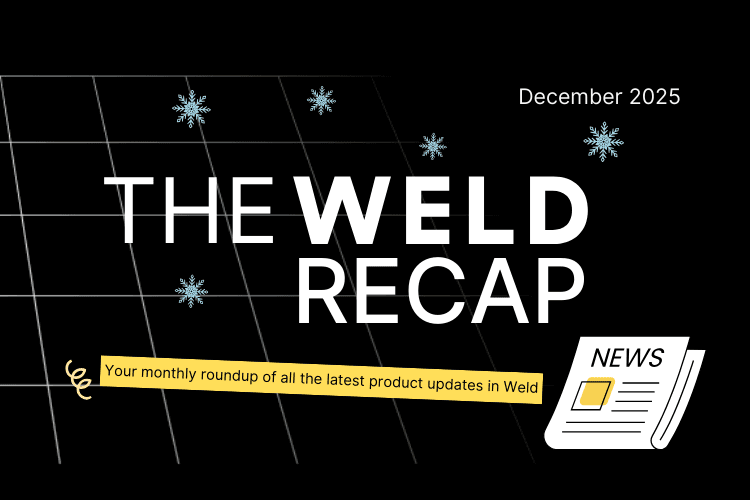Every company aims to acquire new customers, a crucial aspect of scaling and entering new markets. However, as you expand your acquisition efforts, it's equally important to prioritize customer success. A strong focus on customer health is essential for long-term growth, especially for SaaS and other subscription-based businesses.
Many leading organizations recognize that customer success isn't just about support, it's about creating consistent value and increasing retention. Research indicates that existing customers often drive a significant share of total revenue growth while being more cost-effective to retain compared to acquiring new ones. This underscores the importance of measuring and improving your customer health score.
“Neglecting existing customers ends up adding costs in the long run, resulting in more churn, lower cross- and upsell, and more pressure on sales teams just to stay level.”
Source: McKinsey
What is a customer health score?
A customer health score is a numeric value reflecting how well a customer is engaging with your product or service. It typically includes factors like usage patterns, satisfaction, and renewal likelihood. A higher score indicates a healthier, more engaged customer.
Think of it as a snapshot of the value a customer derives from your offering and their loyalty to your brand. Healthy customers are more likely to continue their relationship, upgrade services, and advocate for your product, while a low score may signal a risk of churn.
How to calculate your customer health score
Here’s a framework to get started:
1. Define what “health” means for your business
Before calculating anything, decide what a “healthy customer” looks like for your company. For some, it might be based on product usage and feature adoption; for others, engagement with support or community, or consistent Net Promoter Scores (NPS).
For example:
- A platform like HubSpot may define a healthy user by the number of different product modules adopted.
- A tool like Mailchimp may track the number of integrations a user has connected to indicate value and stickiness.
While some benchmarks apply across industries, your definition of health should reflect your unique business model.
2. Choose your metrics
Once you’ve defined customer health, select specific metrics. This should be a collaborative process between your data, product, and customer-facing teams.
Typical metrics might include:
- Frequency of product usage
- Feature adoption
- Support ticket volume
- Customer satisfaction (e.g., CSAT or NPS)
- Renewal or upgrade history
- Community or feedback participation
Companies with a strong data foundation are better equipped to track these metrics. Using a platform like Weld helps teams sync and centralize their data from multiple sources, making it easier to define and monitor customer health metrics from one place.
3. Create a scoring system
Now that you have your metrics, assign weights and build a formula that combines them into a single score. This step can be complex but is essential to bring customer health to life.
For example:
- Customers who complete onboarding in the first week might get a +20 boost.
- Customers who haven’t logged in for 30 days might lose points.
- A low NPS score could flag a warning sign.
This step often requires data modeling and experimentation. If you’re using a centralized data platform like Weld, you can define custom metrics and monitor trends over time.
4. Segment your customers
Once you have a health score, segment your customers to better understand risks and opportunities.
Common examples:
- 0–49 = At risk
- 50–74 = Neutral
- 75+ = Healthy
Or use more granular levels like:
- 0–39 = Disengaged
- 40–59 = Unhappy
- 60–74 = Satisfied
- 75–89 = Loyal
- 90+ = Advocate
This allows your teams to prioritize outreach, build retention strategies, and identify potential upsell opportunities.
What are customer health scores used for?
While customer health scores are often used to monitor churn, they’re increasingly becoming a key part of product development and growth strategies.
Teams can proactively address risks, fine-tune onboarding, or use trends in health scores to influence their roadmap. Companies that track and act on customer success metrics, such as customer lifetime value, effort scores, or retention rate—are able to make more informed product decisions and improve overall satisfaction.
This shift aligns with a broader industry move toward customer-centric growth. For example, Databricks highlights how unified customer analytics can help companies make smarter, data-driven decisions that enhance customer retention and reduce churn.
5 ways to use your customer success data for growth
- Trigger alerts for Customer Success Managers (CSMs) when health scores drop.
- Launch targeted onboarding flows based on user behavior.
- Incorporate feedback and scores into your product roadmap.
- Create referral programs for high-scoring customers.
- Gather insights from low-scoring segments to improve churn mitigation.
Final thoughts: Customer centricity starts with customer health
Understanding how your customers are doing — and taking action based on that — is essential for building stronger relationships, reducing churn, and driving long-term revenue.
Tools like Weld make this process much easier. Weld helps you sync data from all your tools (like Stripe, HubSpot, Google Sheets, and more), define your metrics in one place, and activate that data across your workflows.












